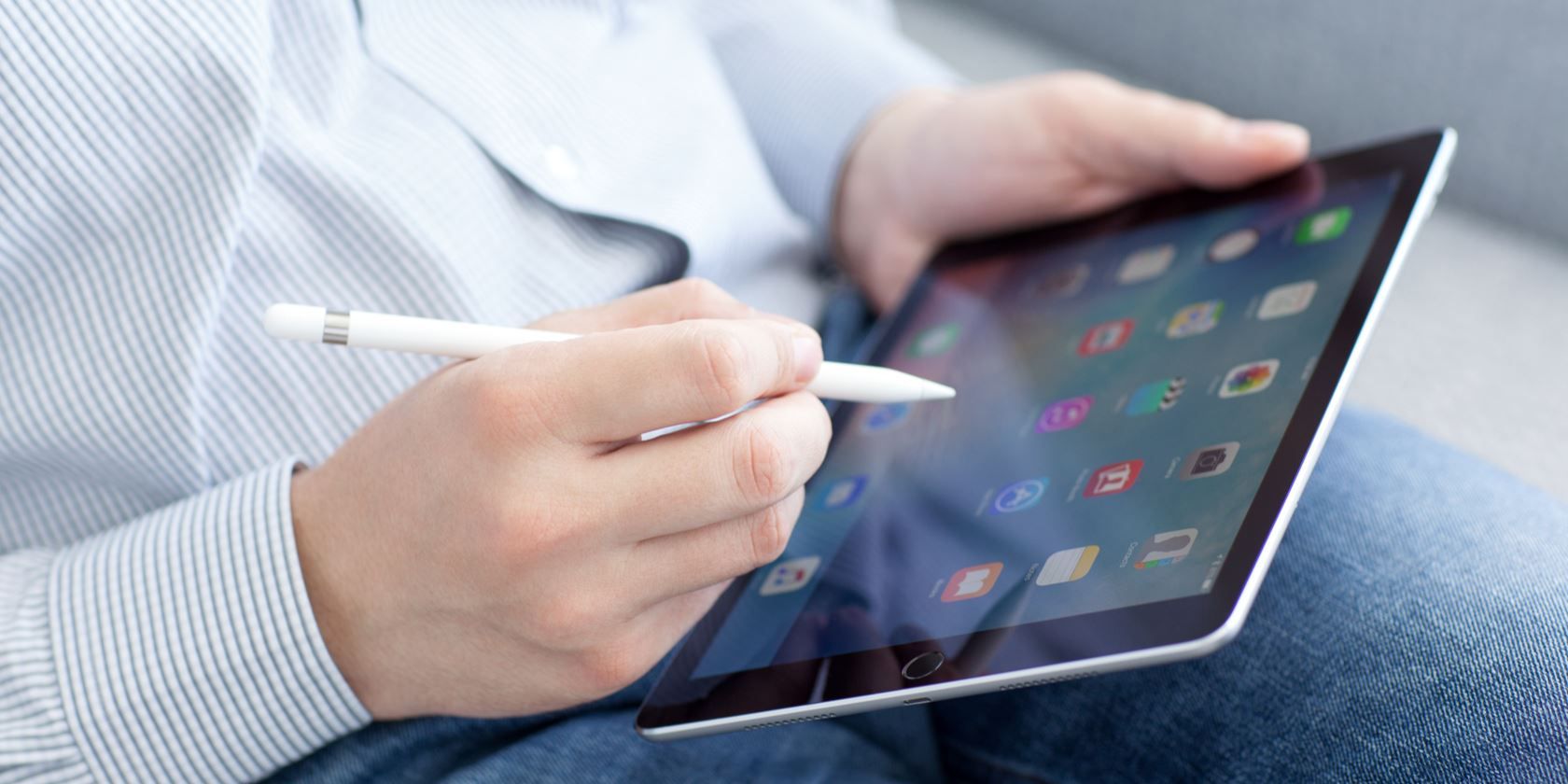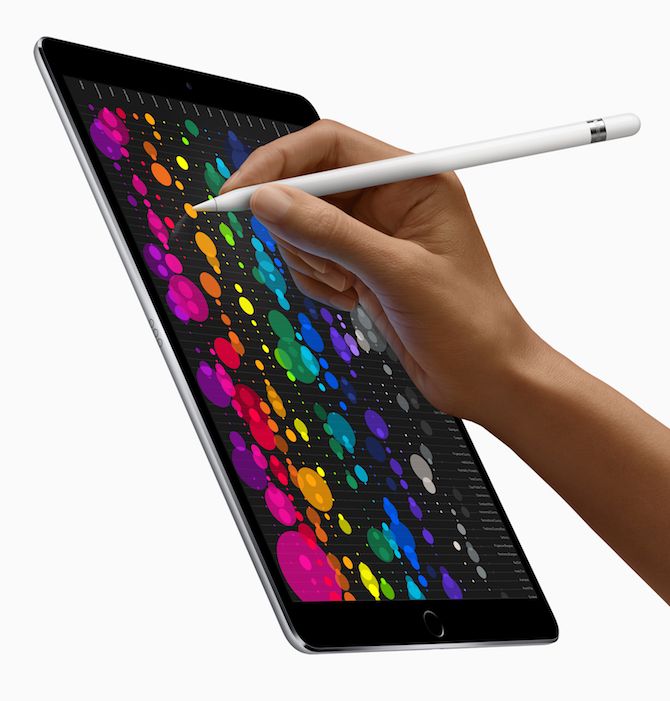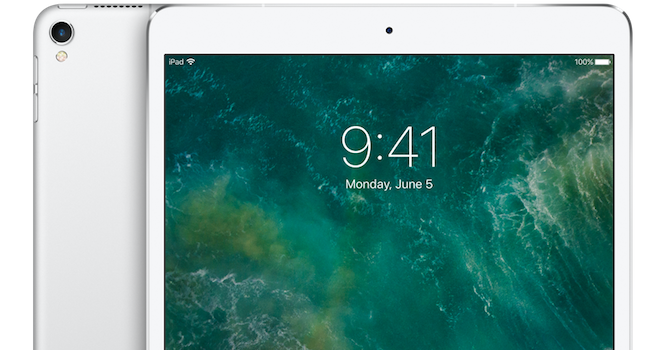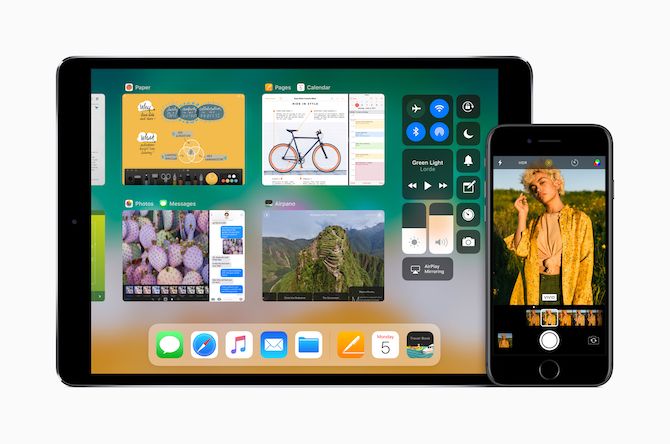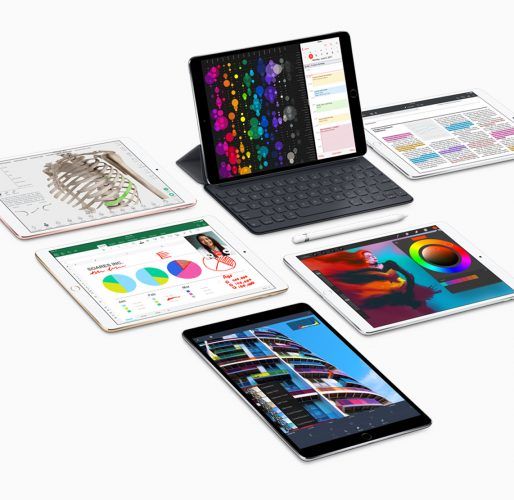Apple calls the 2017 10.5-inch iPad Pro and second-generation 12.9-inch iPad Pro the "most powerful iPads" they have ever created. From both a hardware and software standpoint, this may be correct, although we probably won't know for sure until this fall when iOS 11 is released. The new software update, first announced in early June, adds a slew of multitasking tools to Apple's tablet lineup.
Are the newest tablets must-have devices, or are they overkill for your needs? Is it really worth upgrading from a regular old iPad to the new Pro model? It's time to find out.
The New Screen and Size
Buying a new iPad isn't for the faint of heart if you're the type of person who always wants to own the newest gadget on the market. The 9.7-inch iPad Pro arrived in March 2016 to mostly great reviews. Despite this, it had one of the shortest product life cycles in the product's history, staying on the market for just 15 months.
The early withdrawal of the 9.7-inch iPad Pro doesn't mean it has suddenly become obsolete. If you bought one, it should provide many years of enjoyment. However, there are plenty of new features on the 10.5-inch iPad Pro that might make you consider upgrading.
As the name implies, the biggest difference between the tablets is the diagonal screen size. Interestingly, Apple increased this without significantly changing the size of the overall device. Instead, it shrunk the horizontal bezels on each side. Where last year's model measured 9.45 x 6.67 x 0.24 inches, the 2017 edition is slightly bigger at 9.8 x 6.8 x 0.24 inches (250 x 174 x 61 mm). Regarding weight, they are 0.96 pounds versus 1.03 pounds, respectively.
As an owner of both a 9.7-inch and 10.5-inch iPad Pro, I can tell you the size difference is much more noticeable than the specifications may suggest.
Don't believe me? Use the larger model for awhile at an Apple retail store and then go back to the smaller version. You'll notice the difference.
More Than Meets the Eye
The display's physical size wasn't the only thing that changed. The 10.5-inch iPad Pro screen is also better than its predecessor in other ways.
For one, the new tablet includes a 2224 x 1668 resolution at 264 pixels per inch (PPI) versus 2048 x 1536 resolution at 264 pixels per inch on the older model.
The redesigned Retina display is brighter and less reflective than the one on its predecessor, thanks to its 600 nits peak brightness and support for the P3 wide color gamut. Apple's "1.8 percent reflectivity" makes the tablet is easier to read outside and under bright lights.
The 10.5-inch iPad Pro is also more responsive, supporting a refresh rate of 120 Hz. The frequency is the rate in which an image on a display screen is updated, usually expressed in hertz. In this case, the screen on the newer iPad refreshes 120 frames per second versus 60 on the older model.
The change is most noticeable when you're using the Apple Pencil. With ProMotion, using the writing tool feels more responsive and natural, thanks to the new 20-millisecond latency.
The improved refresh rate is also dynamic. With this, the device can automatically adjust the rate, depending on what you're doing. For example, it will lower the rate when you're viewing static images such as photos or email while increasing it when you're playing a game or watching a movie. In doing so, you can save battery life.
Beyond the Screen
Once you move past the screen, there are far fewer differences between the tablets, although each is worth noting.
As expected, the newer model offers a better chip (A10X) and coprocessor (M10). Apple promises this combination will increase the device's CPU performance by 30 percent and GPU performance by 40 percent.
Both the rear and front-facing cameras on the 10.5-inch iPad Pro come with minor improvements, even though the 12 MP rear camera remains. On the latter, however, the aperture has been improved to f/1.8 (from f/2.4) which lets in more light resulting in shallower depth of field.
The front-facing FaceTime camera on the newer model now includes 7 MP photos versus 5 MP with the same f/2.2 aperture. On this camera, there's now 1080p HD video recording instead of 720p HD video recording.
Other Improvements
Apple has often been criticized for limiting the amount of storage space available on iOS devices. In recent years, however, things have started to improve as the 2017 iPad Pro lineup shows.
You can now purchase an iPad Pro with 64 GB, 256 GB, or 512 GB of storage. While the jump from 64 GB to 256 GB is a head-scratcher, it does compare favorably to last year's model which was available with 32 GB, 128 GB, and 256 GB of storage.
Unfortunately, where Apple giveth, it also taketh. The entry-level 64 GB 10.5-inch iPad Pro is $649 versus $599 for the least expensive 32 GB 9.7-inch iPad. Add this to the price of an Apple Pencil ($99) and new Smart Keyboard ($159) and you can see how the iPad Pro can become an expensive endeavor.
The Missing Link: iOS 11
It's not critical to say the 2017 iPad Pros are half-baked devices at best. Apple said as much when it introduced the new tablets at this year's Worldwide Developers Conference (WWDC).
To fully appreciate the new iPads, you'll have to wait until iOS 11 is released to the public this fall. With this operating system update, real multitasking finally arrives on Apple's tablet thanks to a new dock, proper drag and drop functionality, and a redesigned app switcher.
There's also a new Files app which allows you to manage files, including those stored locally, or with iCloud Drive, Google Drive, Box, and Dropbox.
The introduction of iOS 11 will also see the arrival of the first full-screen keyboard on Apple's smaller iPad Pro. The keyboard includes letters, numbers, symbols, and punctuation marks all on the same screen. In other words, there's no more switching back and forth.
For now, iOS 11 is only available to developers and anyone who signs up for the Apple Public Beta Software program. You'll have to wait a few more months (usually it's late September to early October) to get the final version of iOS 11 and all its new features.
Should You Buy?
There's much to love about the 10.5-inch iPad Pro starting with its significantly improved display. Despite this, I'm not sure an upgrade from the 9.7-inch iPad Pro is necessary. Yes, the new tablet will give you plenty of new bells and whistles (and it's worth repeating, that oh-so-perfect screen). However, Apple charges a lot for the iPad Pro, which makes frequent upgrades an expensive habit.
If you currently own the last 9.7-inch iPad Pro, it might be wise to wait a year for the arrival of the second-generation 10.5-inch iPad Pro before considering the upgrade. Remember: your older tablet isn't somehow worse simply because Apple releases a new one.
If you own an older 9.7-inch iPad such as the fourth-generation iPad or iPad Air 1 or 2, an upgrade to the 10.5-inch iPad Pro is an easier recommendation to make. The 2017 iPad Pros are almost certainly the best tablets Apple has ever made, and these will only get better when iOS 11 arrives later this year. When updating from any of these older tablets, you'll find significant improvements to the overall speed, display quality, and user experience.
Did you buy a 10.5-inch iPad Pro? How about the second-generation 12.9-inch iPad Pro? Let us know in the comments section below.
Image Credit: Denys Prykhodov via Shutterstock.com

